One beautiful spring morning, we stood under our Kwanzan cherry tree and noticed that something was missing: pollinators! Not one bee or butterfly was visiting the tree, even though it was loaded with flowers. Not far away, a blooming crabapple tree was literally humming with pollinators! What accounted for the difference?
We realized that the cherry tree has “double blossoms.” Its flowers have been modified by humans to replace all of its pollen-bearing stamens with flower petals. The flowers are beautiful – but only to people. There is no pollen or nectar for bees or butterflies. The flowers of the crabapple, on the other hand, were loaded with pollen and nectar. And the pollinators were all there for breakfast!
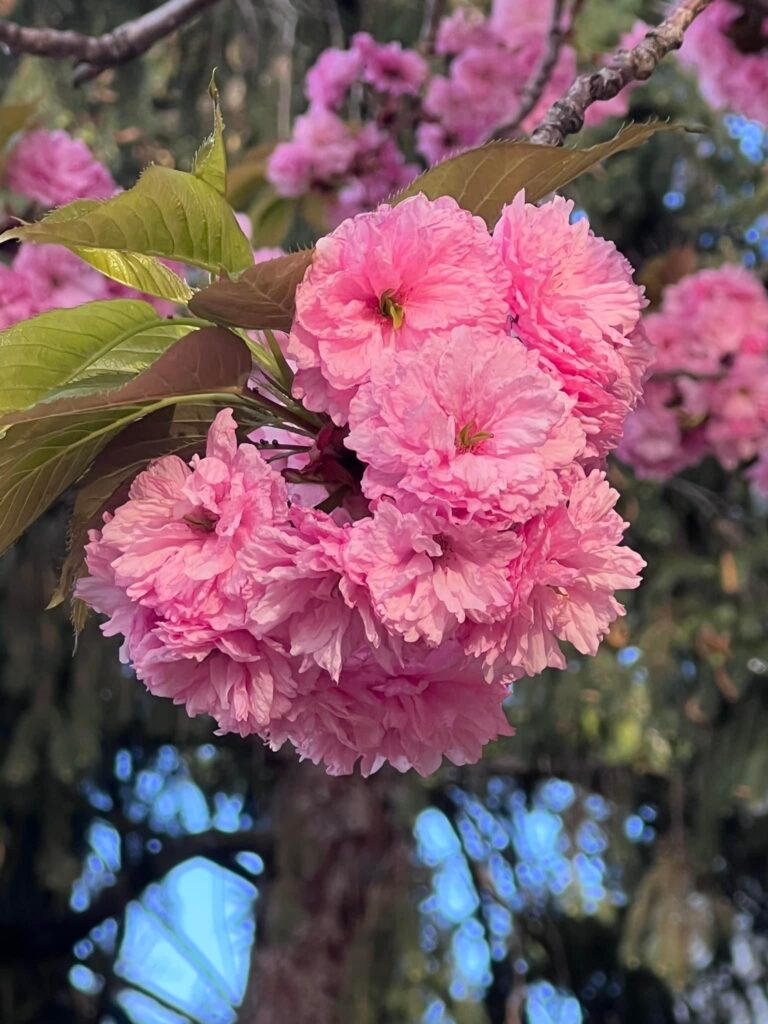
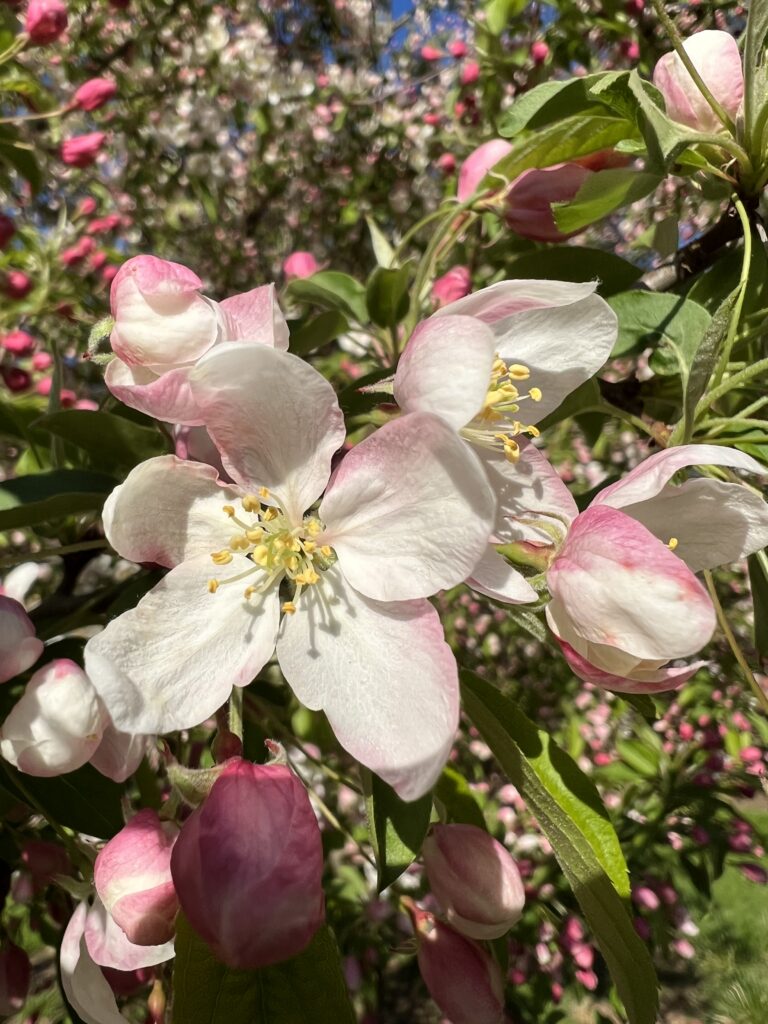
Flowers are the reproductive organs of plants. Pollen contains the genetic material that must be transferred from the (male) stamens to the (female) pistil for pollination (fertilization) to occur. In most flowers, the petals form an outer ring and the stamens are just inside, forming a second ring around the pistil. The flower’s colorful petals, its fragrance, and the sweet juice called nectar all are designed to attract pollinators. As pollinators sip the nectar located at the base of stamens, and collect pollen to feed their offspring, they “accidentally” transfer pollen from flower to flower and deposit it on the pistil where pollination happens. Successful pollination results in seeds, which then grow to produce more plants.
But sometimes nature makes little mistakes. Sometimes a plant will develop extra flower petals where the stamens should be. This is not a good thing for the flower, because with fewer stamens there is less pollen, which reduces the chances of pollination and, therefore, reproduction. In nature, plants that continue to develop too many petals instead of stamens eventually would fail to reproduce.
For hundreds of years, however, horticulturists have been fascinated by this “mistake” of nature. Humans enjoy flowers, and we tend to think bigger and fuller flowers are better. So, when horticulturists discover a flower that has extra petals where stamens should be, they can select that plant for special treatment. They can propagate the plants with extra petals and, eventually, even develop plants with so many extra petals they have no stamens (or pollen) at all! Without stamens, of course, those plants are sterile. They cannot develop fruit or seeds or reproduce themselves.
Roses are a good example. Natural roses have 5 petals surrounding a circle of many stamens carrying pollen.
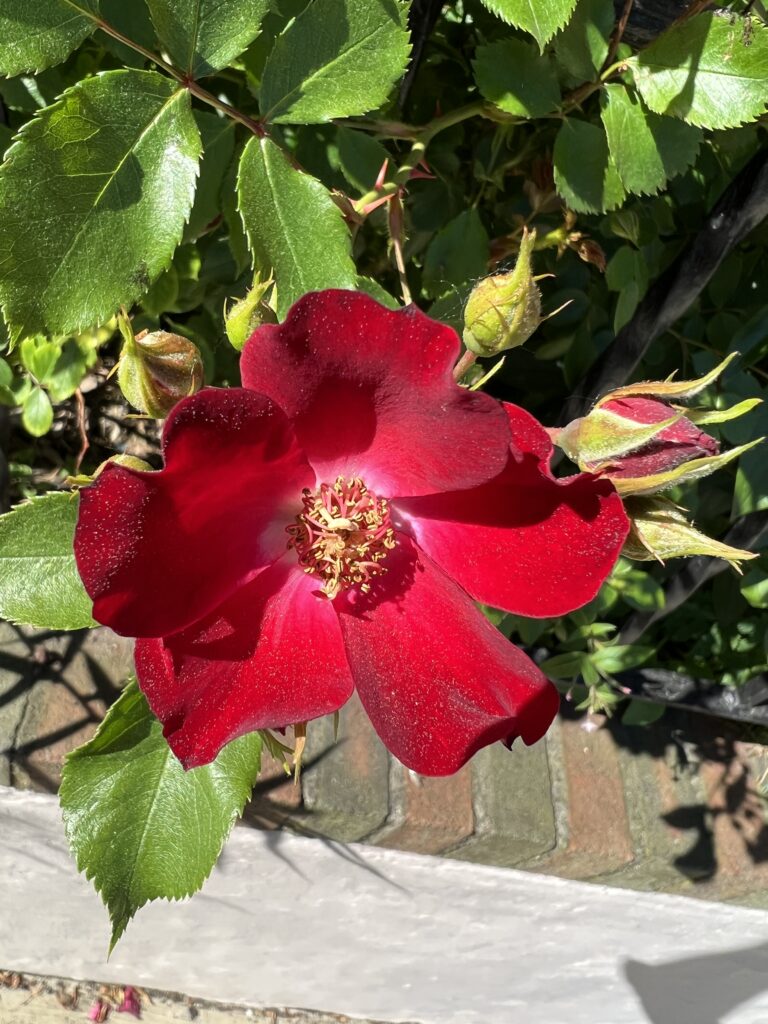
Roses frequently make the “mistake” of trading stamens for extra petals.
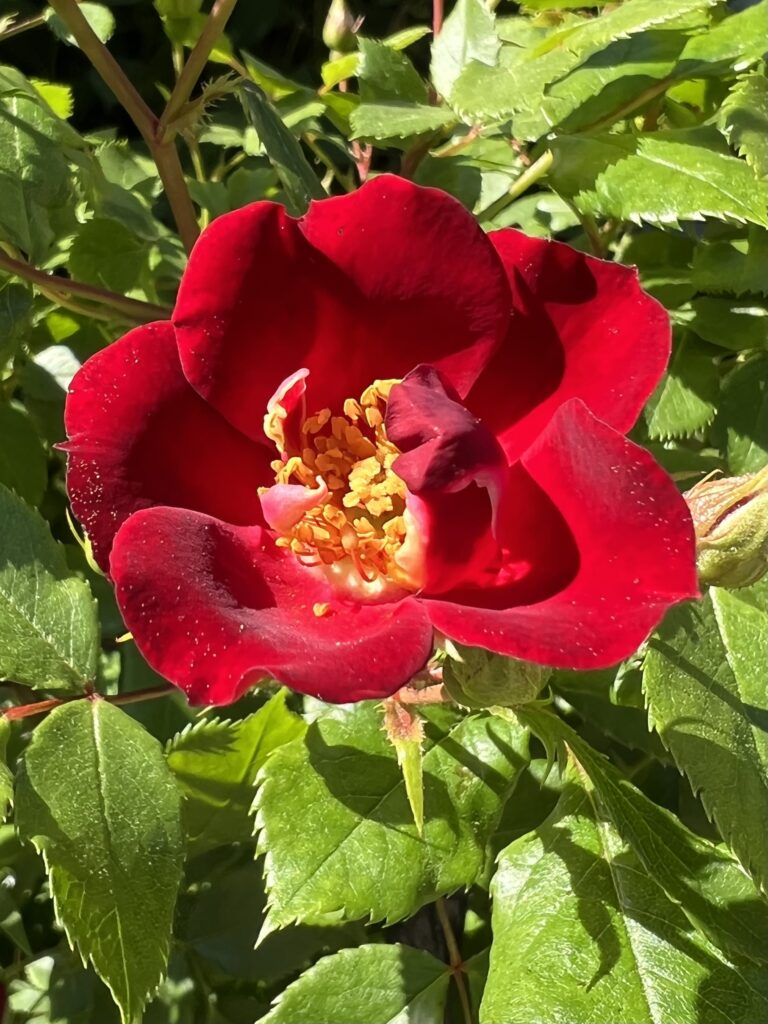
Over centuries, horticulturists have selected these “mistakes” for intentional manipulation to create roses that are more interesting to people.

Today we have thousands of flowering trees, shrubs, perennials, and annuals that are popular specifically because they have double blossoms. But this comes with a cost to pollinators. Butterflies need nectar. Bees need nectar and pollen to feed their offspring. Butterfly and bee populations are declining under pressure from loss of habitat, pesticide, and limited food sources. We can help with our garden choices.

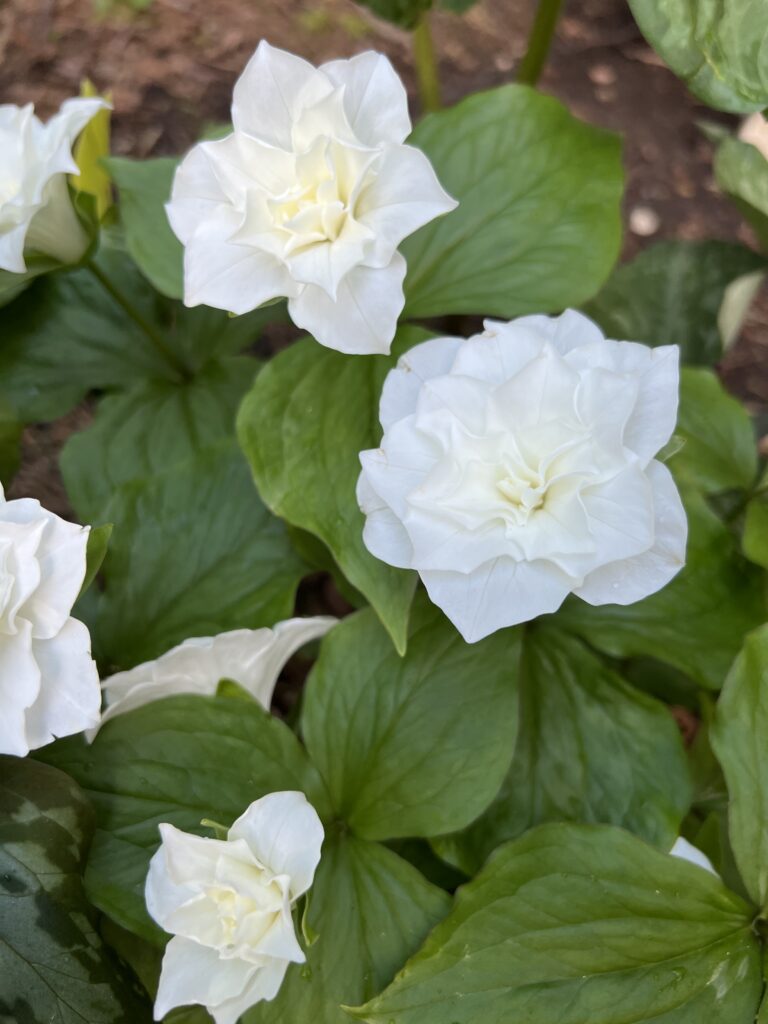
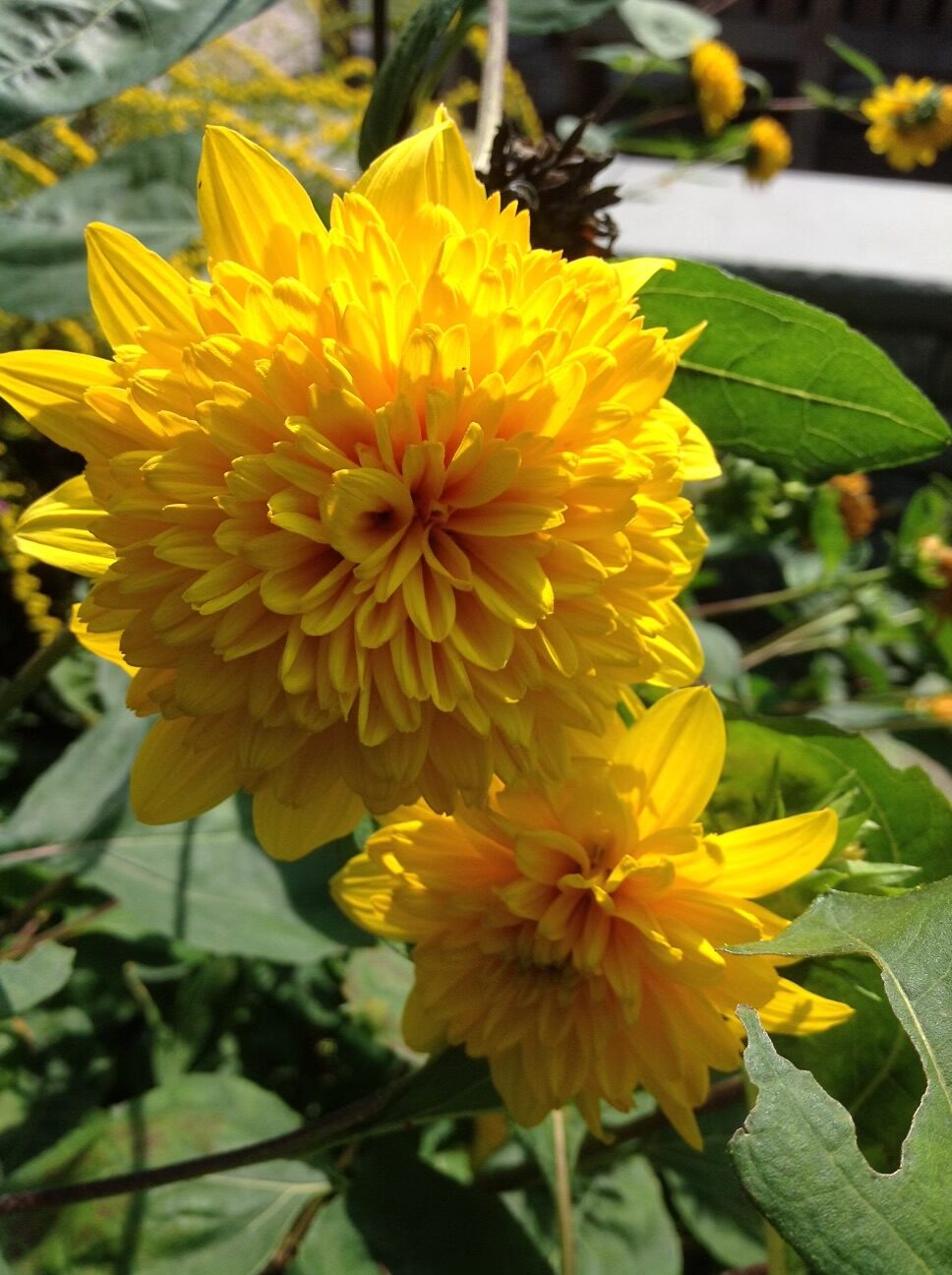
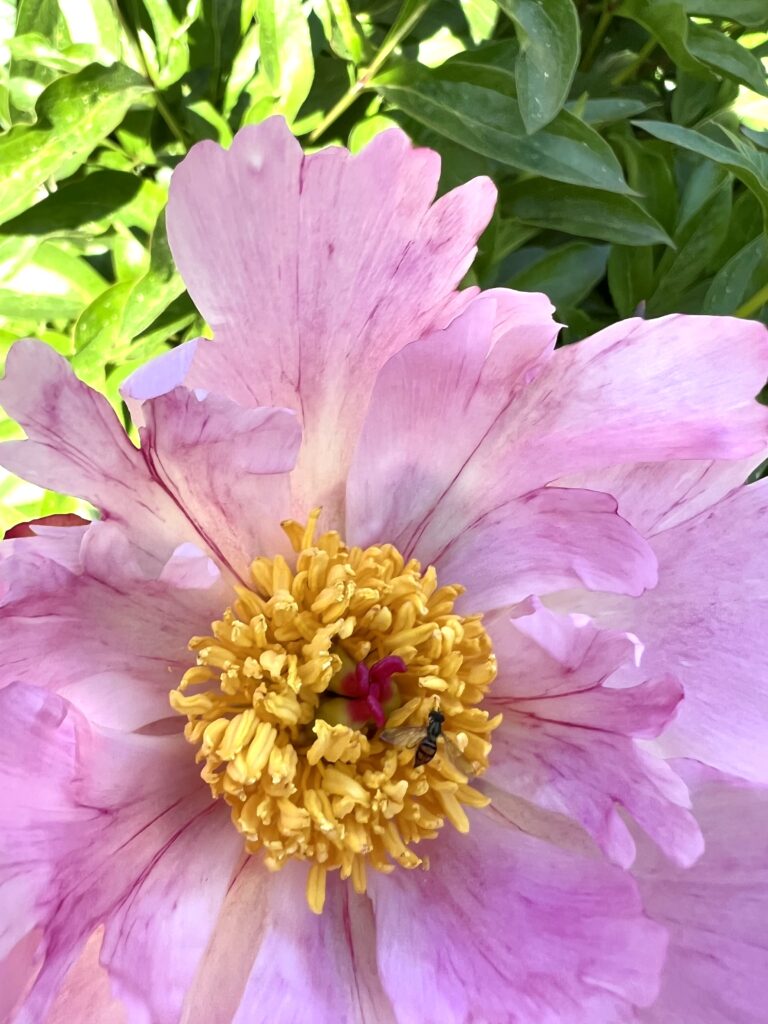
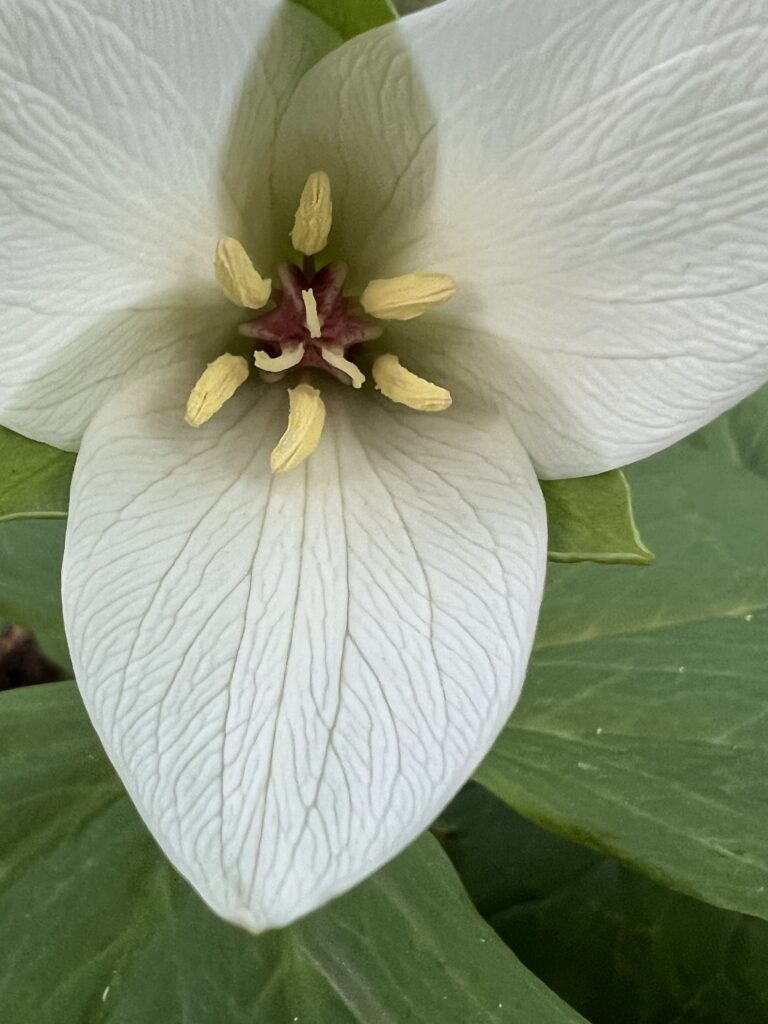
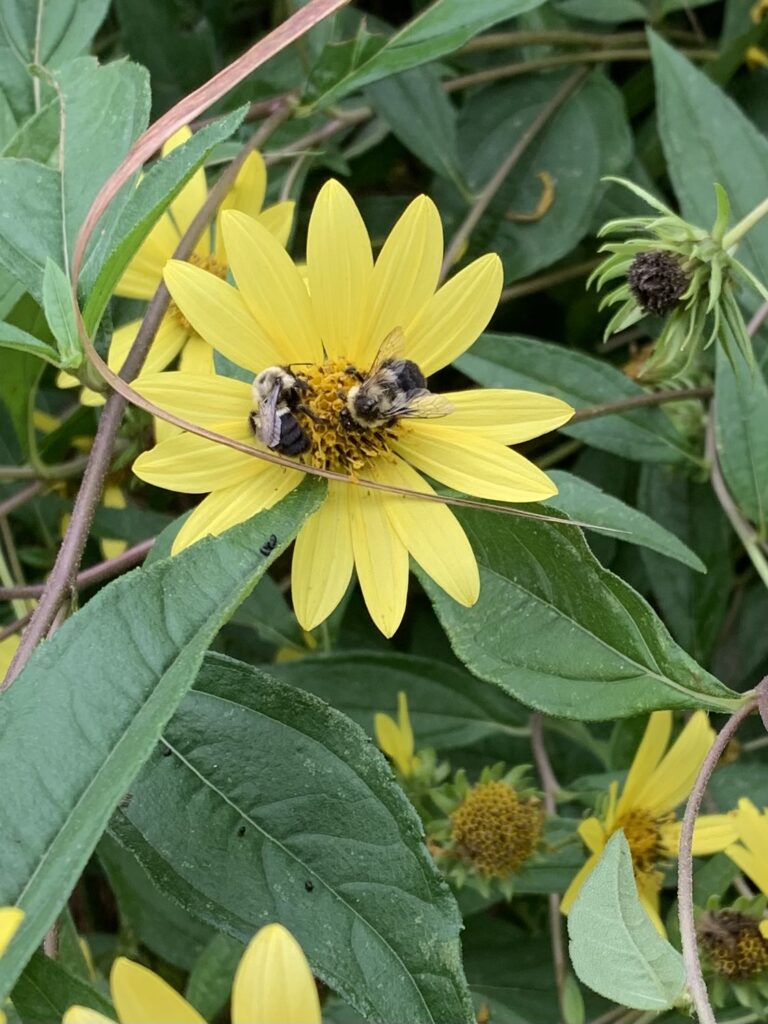
We humans love our double blossoms, but if you’re making a choice, think about providing a big variety of native single-blossom flowers for our pollinator friends!
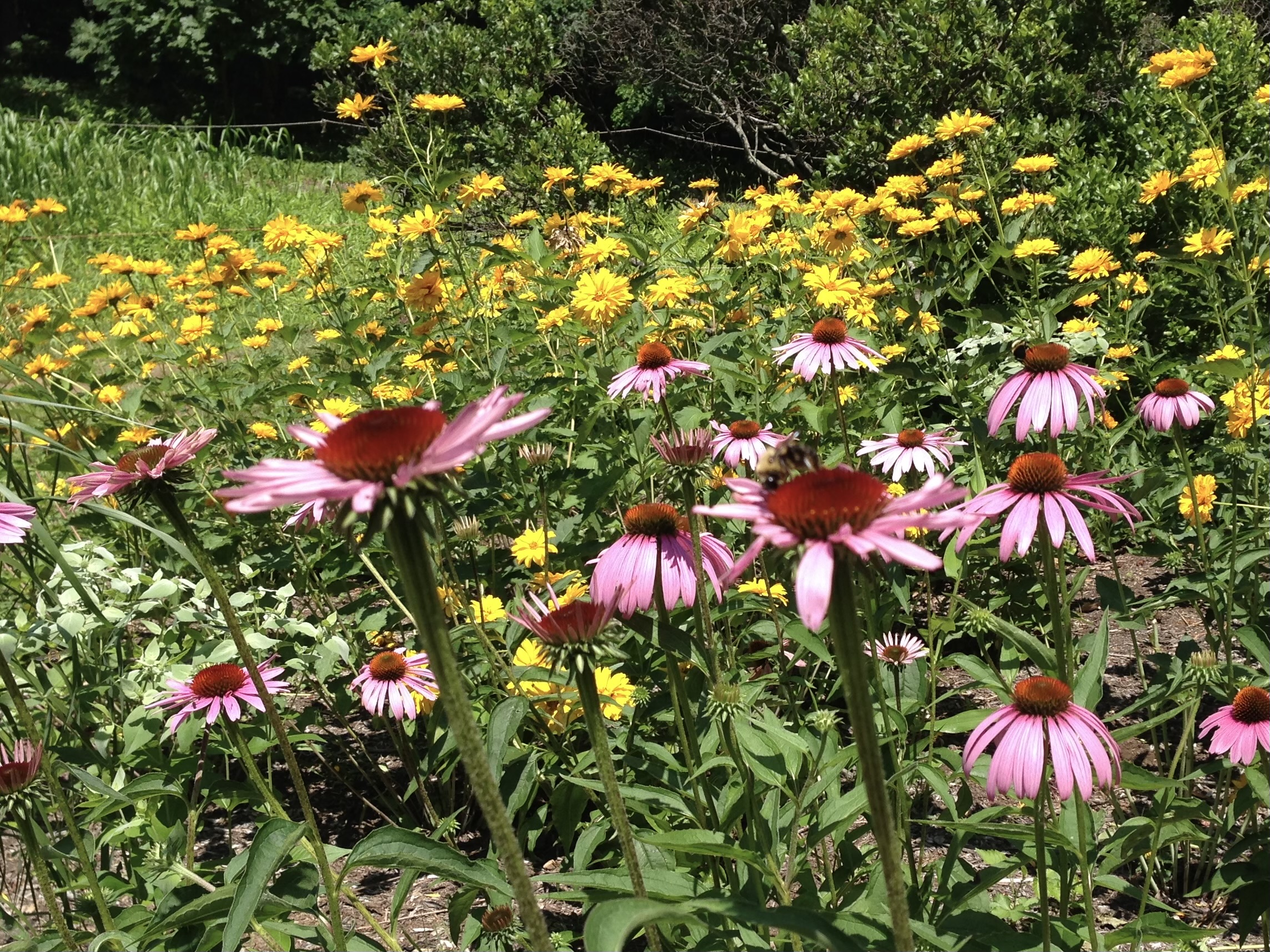

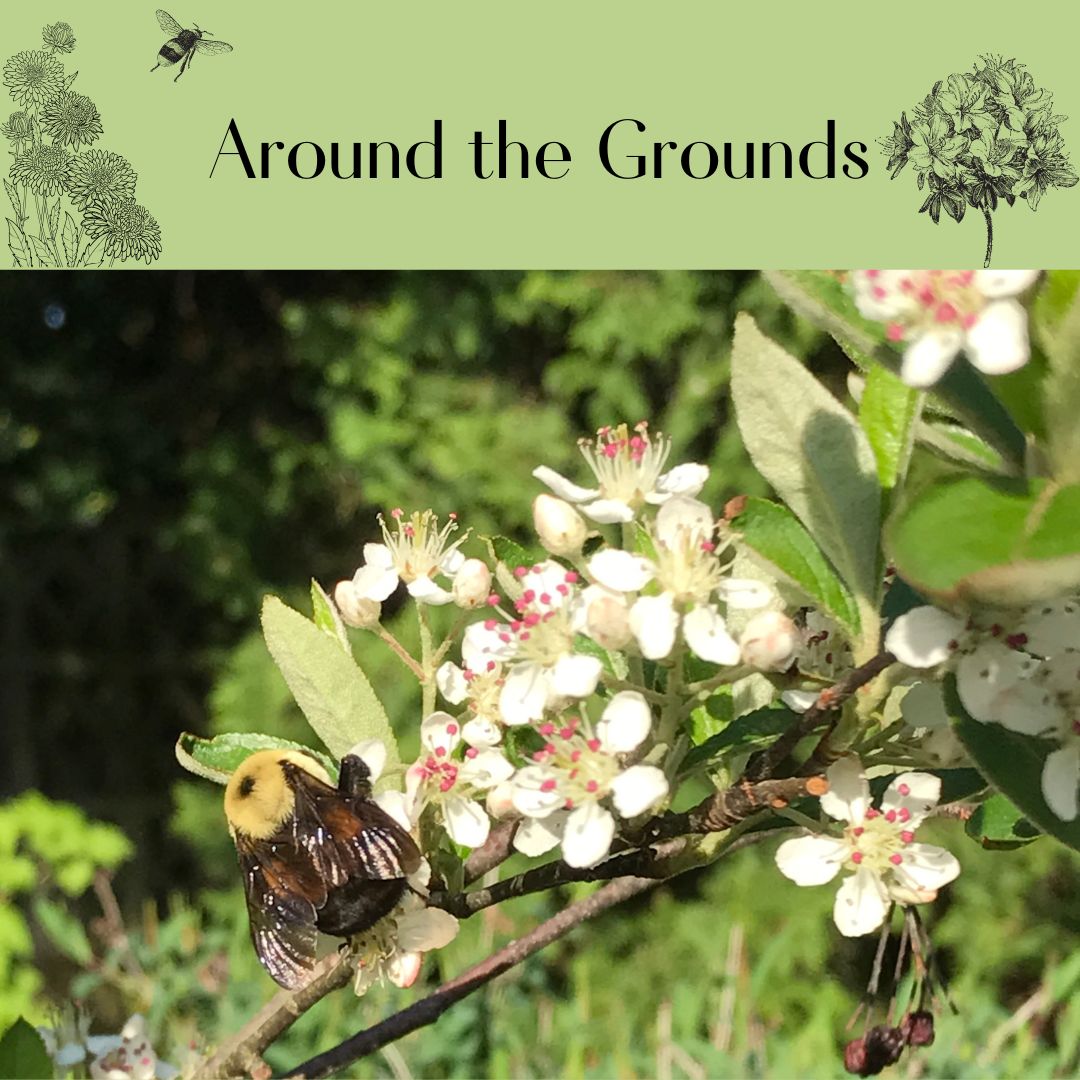
Great explanation of an important issue.
I have really come to look at “gorgeous” flowers in a whole new light … they are becoming rather ostentatious in my mind eye!
It’s interesting what happens to our sense of beauty when we think about what a garden does for nature, rather than just how it looks to humans.
Love the single rose! Thank you for all the valuable information!
Thanks, Ellen! There are lots of single-blossom roses available, including our native shrub roses like Rosa caroliniana. Fun to see the bees burying their noses in them!
Important information that I hadn’t heard explained before. The pictures are very helpful.